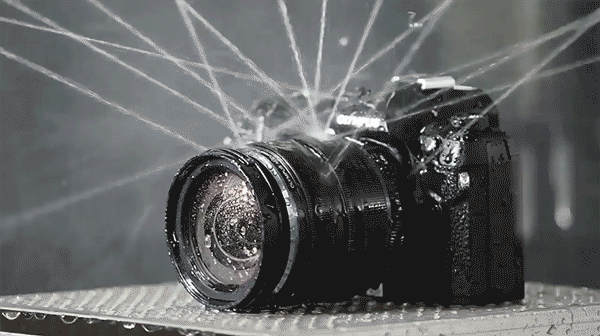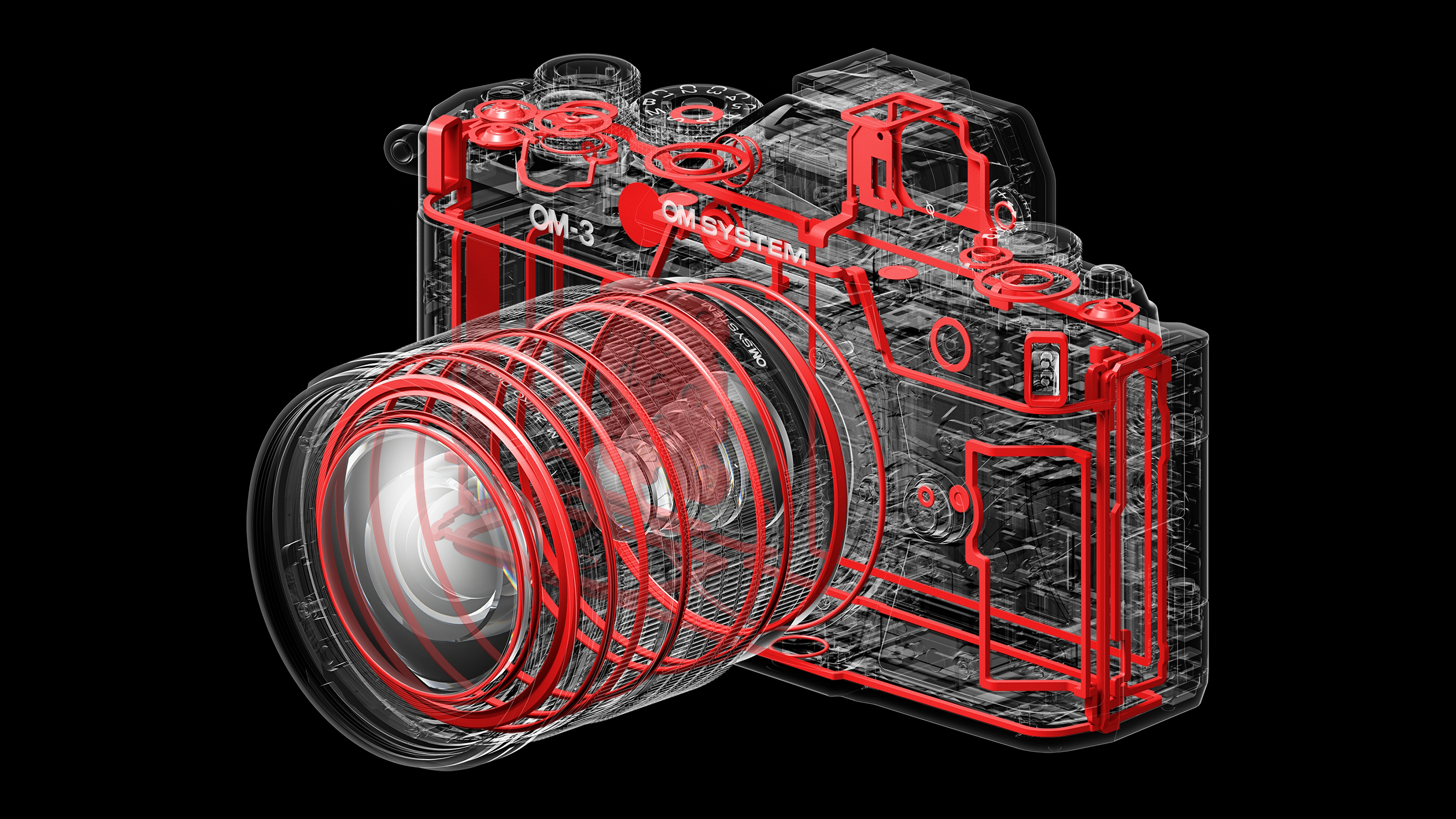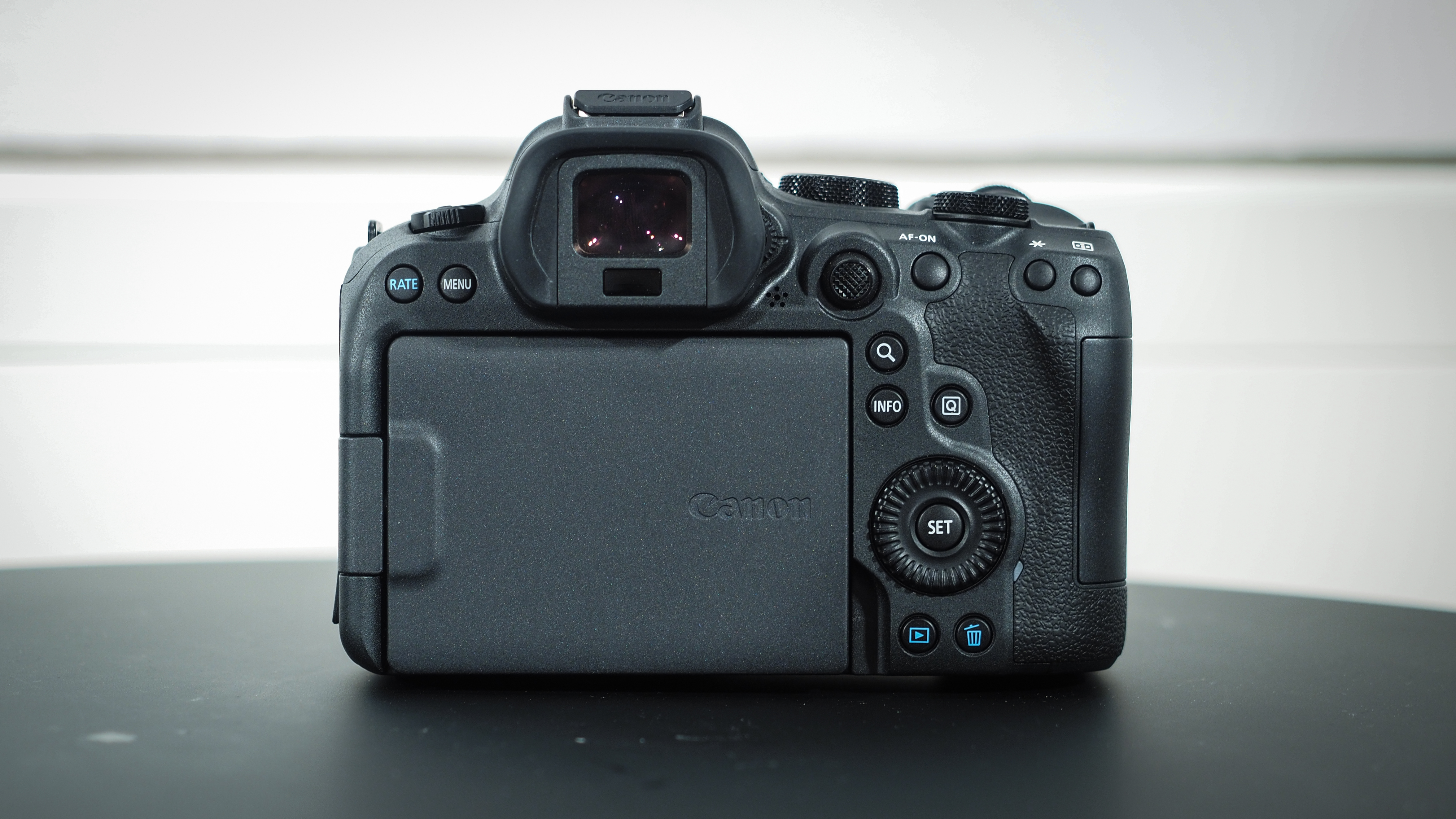Major camera manufacturers should be more transparent when it comes to weather sealing
You can buy a US$4,000 camera with pro-grade weather sealing, but what does that even mean? Beats me…

Call it weathering sealing, weather resistance or even dust and drip resistance – most major cameras and indeed lens manufacturers are a bit coy when it comes to the level of weather sealing that they offer. The fact is, water damage is a slippery subject (pun intended) because it’s fraught with variables.
Firstly, impregnable devices don’t really exist – because, over time, water-resistant materials degrade. Secondly, how rapidly those materials degrade can depend on variables such as how many times the device has been submerged, whether it’s been exposed to fresh or salt water, and how well it’s been maintained.
You also have to factor in human error. If you leave the battery compartment open or decide to change lenses during a downpour, you’re asking for trouble. As such, you’ll be hard-pressed to find a consumer electronic device – be it action cams, cameras, watches, consumer-grade waterproof housings or phones – that will cover water damage under warranty.
But here’s my problem: plenty of action cameras, watches and camera phones feature water ratings from governing bodies such as IP and ISO. And yet, such ratings are suspiciously absent when it comes to most interchangeable-lens cameras.
Granted, it’s difficult to assign a rating to a body that’s only fully weather sealed when a suitable lens is attached. Not all lenses are weather sealed equally (if at all), so it’s not really possible to apply a one-and-done rating.
Still, OM System has managed it, with cameras such as the OM-1 Mark II and OM-3 both awarded an IP53 rating. Likewise, Leica has earned IP54 ratings for cameras like the Leica SL3 and SL3-S. Which begs the question, why can’t other manufacturers follow suit?

You could argue that an official rating doesn't offer much because, if a device gets water-damaged, the warranty won’t cover it anyway. It’s also worth pointing out that most governing bodies don’t test with salt water either – bad luck if you’re a seascape photographer.
The best camera deals, reviews, product advice, and unmissable photography news, direct to your inbox!
But what a rating does, though, is give you a little peace of mind. It helps to roughly outline the parameters of what is and isn’t sensible exposure, so you know if you’re playing with fire (or rather, water).
All I want from other camera manufacturers is for them to consider introducing their own rating system – or at the very least, a little bit more literature explaining the extent of the weather sealing.
I want to know whether or not my enthusiast weather-sealed camera is rated for use in light showers, or if my flagship body will give me peace of mind should I get caught up in a downpour.
I know the answer will depend on the lens that’s being used and I know it’ll come with a healthy dose of caveats. The big four really could take a leaf out of OM System's book!
Before I sign off, I have to make it clear that no camera is impregnable. For me, weather sealing is about peace of mind; it’s not an excuse to leave my camera out in the rain. I always make sure I have a couple of cheap rain covers in my camera bag at all times, just in case.
You might also like...
Want to delve deeper into how your favorite camera brand treats weather sealing? I found only one camera brand is a safe choice for wet-weather photography. And you can watch this camera blasted by 15 water jets in an OM System weather sealing test! Safeguarding your camera from the elements begins with a good-quality camera bag. And make sure you use the best rain covers to keep your pride and joy safe during a downpour.

Mike studied photography at college, honing his Adobe Photoshop skills and learning to work in the studio and darkroom. After a few years writing for various publications, he headed to the ‘Big Smoke’ to work on Wex Photo Video’s award-winning content team, before transitioning back to print as Technique Editor (later Deputy Editor) on N-Photo: The Nikon Magazine.
With bylines in Digital Camera, PhotoPlus: The Canon Magazine, Practical Photography, Digital Photographer, iMore, and TechRadar, he’s a fountain of photography and consumer tech knowledge, making him a top tutor for techniques on cameras, lenses, tripods, filters, and more. His expertise extends to everything from portraits and landscapes to abstracts and architecture to wildlife and, yes, fast things going around race tracks...
You must confirm your public display name before commenting
Please logout and then login again, you will then be prompted to enter your display name.
